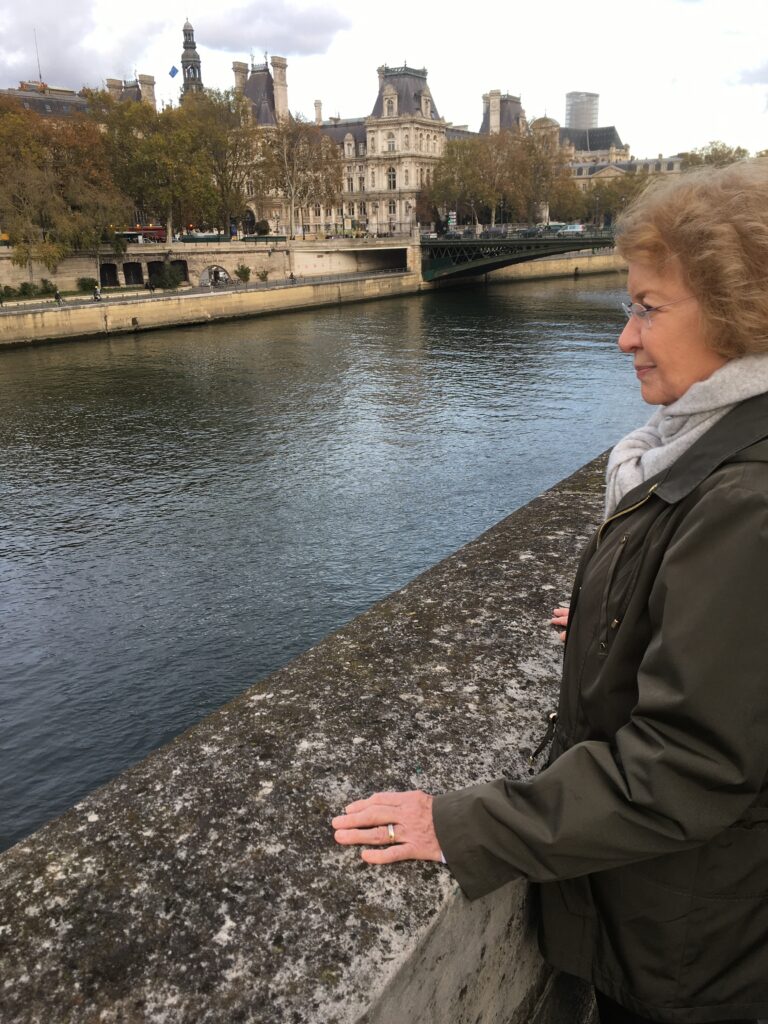
When Kathy and I emerged from the Saint-Michel Paris Metro our first glimpse of Paris was the funky Latin Quarter on the Left Bank and the posh Marais District on the Right. Notre-Dame was less than a quarter mile away, and we could see Place Saint-Michel and our apartment just across the Seine River less than 5 minutes distance. Kathy was 76, with difficulty walking and climbing stairs. I was 79, and needed a cane for any distance.
It was a beautiful morning, and the streets were still quiet as we started across the Pont Saint-Michel with no plan, no phone, and no friends. We were excited, and this would be our home for the next two weeks; where we would just hang-out and be French. Perhaps longer if either of us failed the required U.S. Covid testing to return. In which case we would have no place to stay, and no ride home.
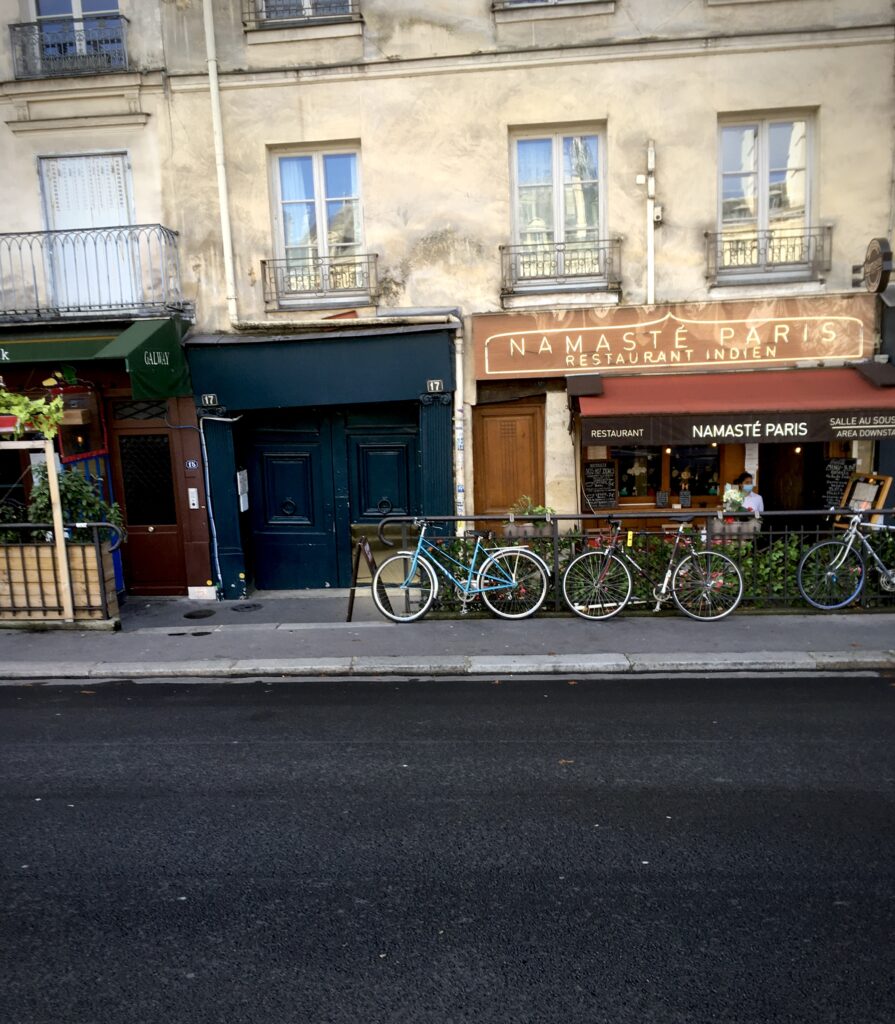
The Paris that everyone knows, the Paris that dazzled Mark Twain in 1867, the Paris of Henry James, like the Paris of Gertrude Stein, was mainly the extraordinary public relations work of Napoleon III. During the two decades bound by 1850 and 1870, Napoleon and ‘Perfect of the Seine’ Baron Haussmann transformed Paris from a congested and ill-equipped eighteenth-century second rate capital into the modern day “City of Lights”. The rebuilding of Paris more than a hundred and fifty years ago became the new model for public works and urban design. Against incredible odds, and a divided Europe, Napoleon III and Baron Haussmann cobbled together competing public, business and governmental forces to complete the greatest urban renewal project of the last three centuries.
Paris may, or may not, be the City of Lights, but it is no longer the city of Haussmann and Napoleon III. Instead, it is a densely populated urban centre of social and physical decay that continues to survive on its extraordinary political legacy, and rich contribution to the culture of Western Civilization. Today, Paris could be described like an impressionist painting. From a distance exciting, mysterious and enchanting. As you approach you begin to see the Master’s tricks. It wasn’t at all as it has been portrayed by a slick tourist industry and the City’s chamber of commerce. Up close, it’s quite messy.
The Louvre appears, from the outside, like any other government building. The Eiffel Tower is no longer the majestic icon it once was, and now in constant need of maintenance and repair. Fenced in as a permanent construction zone, it’s like a Christmas tree. Beautiful only when the lights are on. The Luxembourg Gardens seemed rather bleek and pedestrian. Even during late Fall I expected a certain charm and Parisian appeal. Notre-Dame sits boarded up on an unremarkable and congested Île de la Cité, while the Seine is just another dirty river.
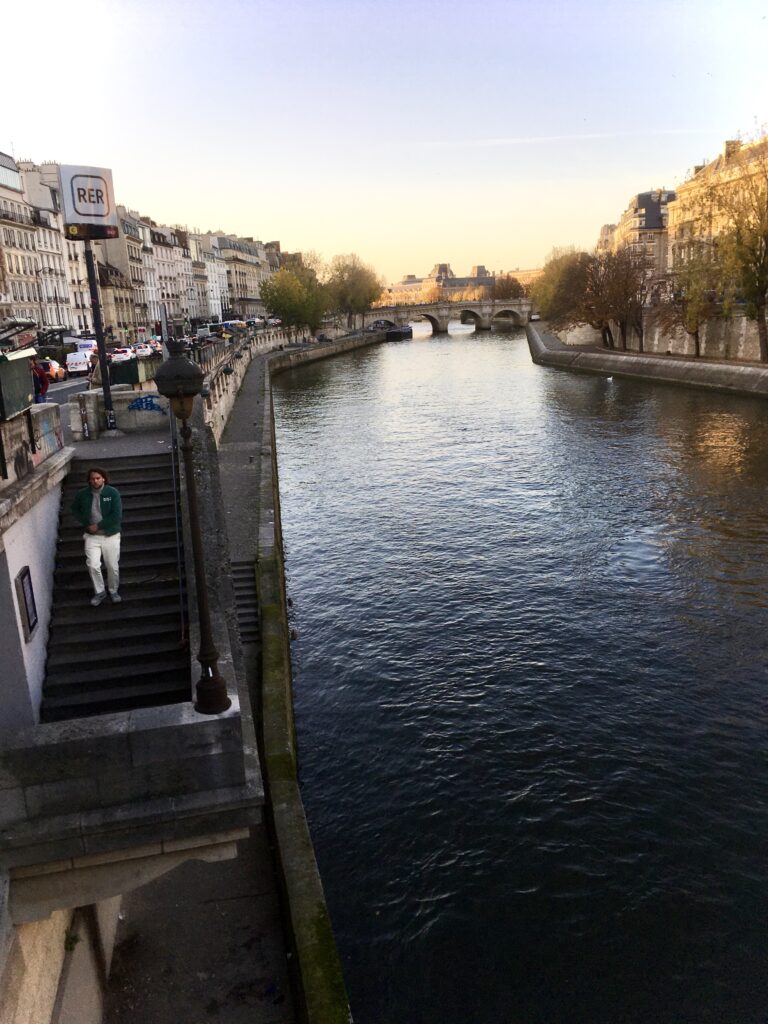
Paris continues to be thought of as the most romantic city in the world. Where French is the language of love. “A perfect place for lovers and for romantic holidays. And, where few things can compare to watching life go by on a quaint Paris boulevard, as you sit in a picture-perfect street café lazily sipping on decadent French wine.”
Kathy and I were as conspicuous as a pimple on a baby’s butt. Her cute strawberry blonde coif stood out in a culture where most women have straight dark hair. If there was any doubt my floppy golf hat, two toned shoes, denims and “shades” sealed the deal. Most Parisian men are still wearing dark pants and black lace-up footwear. I don’t remember seeing anyone wearing sunglasses even in bright sunshine. So, it was easy to observe their impression of us. A few people made friendly eye contact. Most did not.
The City lacked any animate personality in a place where many of the residents live in apartments just 9 meters square, without natural light or refrigeration. We didn’t hear a “peppy clarinet” or “moody” accordian melody wafting whimsically through the streets. We didn’t sit in a picture perfect café on a quaint boulevard.
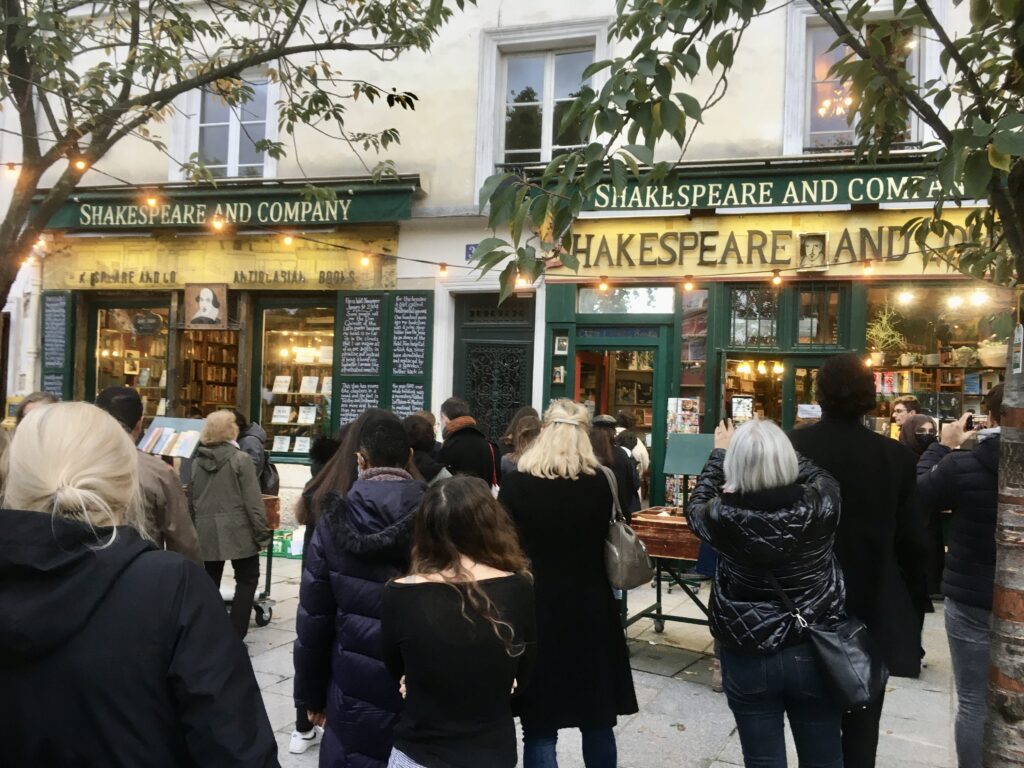
Each day was pretty much like any other. During breakfast we would watch the people along the Seine from our second story apartment. Joggers, bikers and school children. The bus was our only transportation. We traveled as far as we could in every direction. Then we walked passed miles and miles of Haussmann buildings perched on narrow streets of no particular interest to anyone but those who live and work nearby. Then it was a late lunch or early dinner. French food is overrated and the waiters are over criticised. They drink cheap wine like everyone else, and the pastries were not as good as I get at home. I had one croissant. Better at Costco.
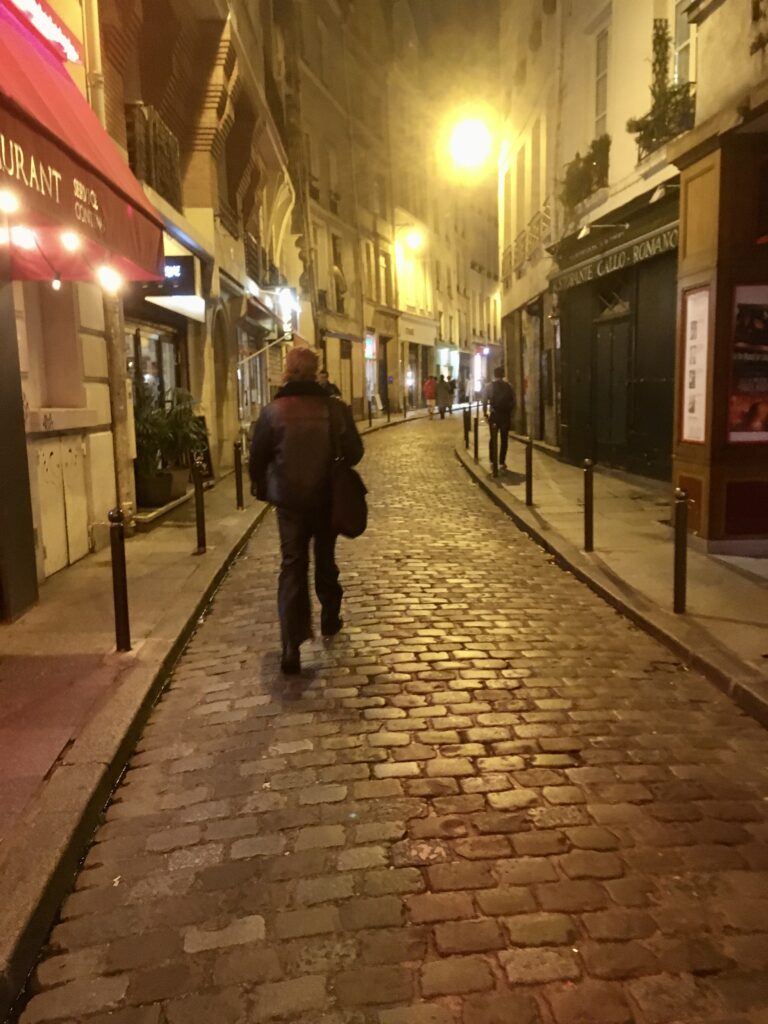
We didn’t remember what we had done from one day to the next. We got lost, locked out of our building and I was accosted in the Metro. We spent the last night at CDG watching trunk loads of contraband from unknown origins rolling through the terminal.
Both Kathy and I agree that we had a great time. We saw Paris in a way that few tourists ever experience. Paris is a special place. And, there were some magical moments. But, we didn’t have to live there.
